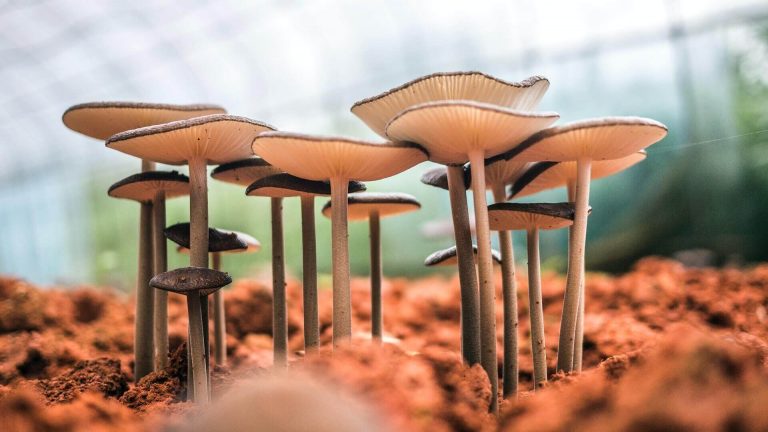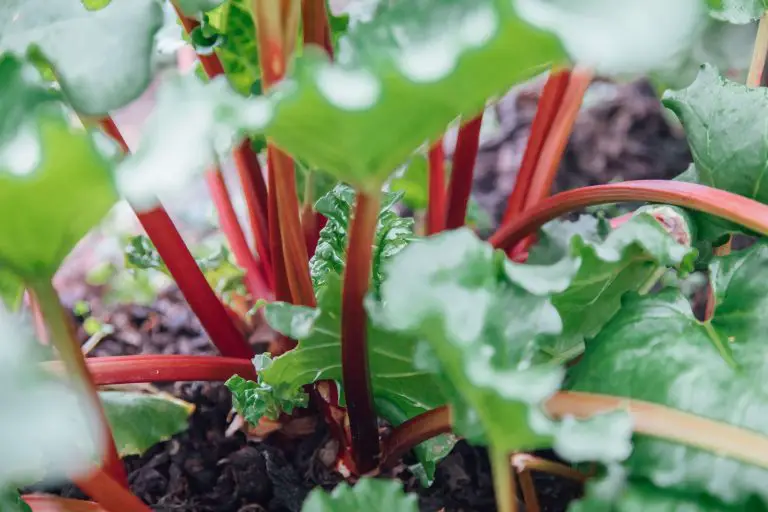How To Sterilize Soil In Many Different Ways!
Want to know How To Sterilize Soil? Here are all the ways to sterilise soil using chemicals, steam, sunlight and other ways too!
As we all know, the soil is kinda dirty stuff! Not only is it literally dirt, but it’s full of life – microorganisms, seeds, rhizomes, fungi, bacteria are all present in the soil.
Normally, that’s mostly fine – and in fact, a lot of the life that is present in the soil is a sign that it’s good, healthy, and great to grow in!
After all, it’s a sign that things can already live and grow in it.
However, there are times when you need sterile soil. Perhaps you’re worried about rhizomes and seeds from weeds in your soil. Left unchecked, these could overtake any plants you’re growing, and ruin your garden!
There’s nothing to worry about though – soil sterilization can be a relatively simple process, and can be done on small scales at home! Here’s a guide to a few ways you can sterilize soil at home!
DISCLOSURE
Some of the links on here are affiliate links and I may earn if you click on them, AT NO EXTRA cost to you. Hope you find the information here useful! Thanks.
Related Articles:
- How To Add Nitrogen To Soil
- How To Make Coco Peat: 7 Step Guide [2022]
- Is Organic Compost A Fertilizer? + How To Use It Properly
- 7 Benefits Of Mushroom Compost: All The Important Info!
Place your plants in quality terracotta pots for the health of your plants’ roots!

Why Sterilize?
Often, there’s no need to sterilize your soil – and in fact, there are arguments to be made that, in some circumstances at least, it’s at best a waste of time, and at worst it’s actually harmful to your soil.
For instance, mature plants are often healthy and tough enough to handle whatever is in a normal batch of soil. Also, some of the microorganisms in soil can be vital for plant growth – so, in some circumstances at least, sterile soil isn’t ideal!
However, farmers, commercial greenhouses, and many other growers often use sterile soil, as it’s a reliable way of ensuring consistent results, and can cut a lot of work out – for example, losing crops to weeds can be less of an issue if you’re sure that the weeds have been killed off before they get a chance to grow!
So, depending on your circumstances, sterile soil could be useful for you!
Test the pH of your soil to make sure your plants’ roots are not in a too acidic or alkaline environment

How To Sterilize Soil- Method 1 : Chemicals
It’s of course possible to chemically sterilize your soil! It’s a long-proven effective method of sterilization and can produce reliable and repeatable results, as long as the chemicals are used properly.
If you need to sterilize large amounts of soil – far more than the average garden – then chemical sterilization can often be the only realistic method available!
However, chemical sterilization comes with many hazards and problems – not least of which is having to use and store toxic chemicals safely!
Also, most home gardeners don’t need to sterilize soil in as huge quantities as a farmer, so the method can easily be overkill for a lot of people. If all you need is enough to fill a few plant pots, chemical sterilization probably isn’t the best option for you.
Also, chemical sterilization can be harmful both to you and your other plants! Much like weedkillers, agents used in chemical sterilization are rarely very friendly to people, animals, or plants.
Purchasing high-quality organic garden soil can help you avoid unsterilized garden soil!

They tend to be pretty indiscriminate in what they affect – especially when intended to be used to sterilize whole fields instead of flowerbeds – which could well mean a lot of your garden or greenhouse suffers needlessly.
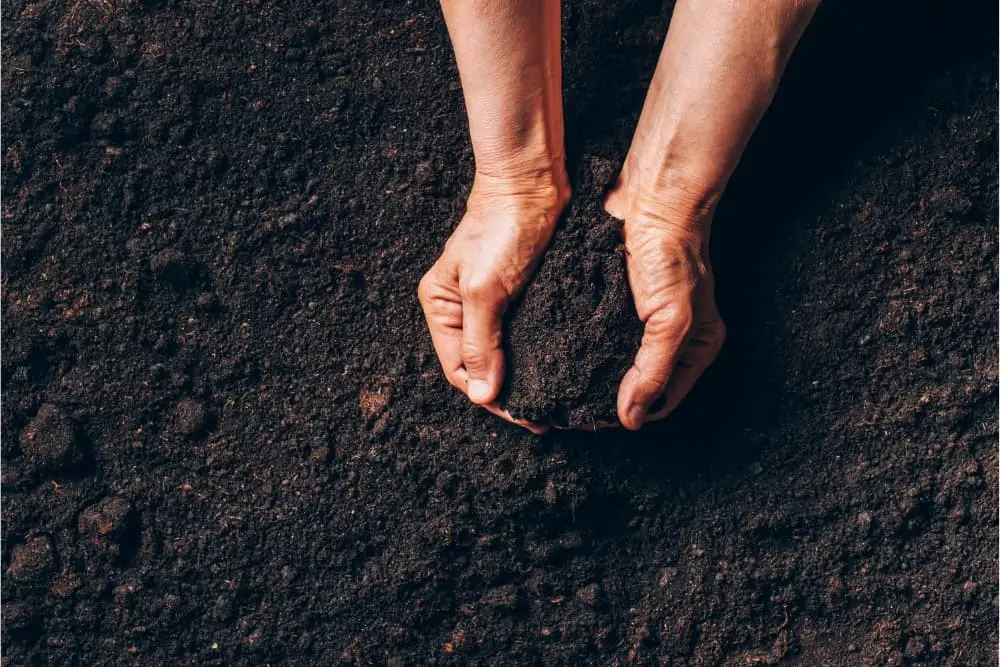
Sunlight
The heat from the sun can actually be used to sterilize soil – and, as long as you get enough sun, can actually do a great job of it! It’s a pretty simple job and doesn’t require a lot of equipment compared to other methods.
However, there are, of course, a few drawbacks – not least the time it can take, and the space you’ll need.
Firstly, you need to be able to guarantee direct sunlight – ideally, at least 8 hours of it in the same spot per day.
This alone can make solar sterilization difficult to impossible for a lot of people, as we’re not all lucky enough to get that much direct sunlight!
However, if that’s not an issue, then you can accomplish this quite easily. Simply lay down some plastic sheeting in the sun, and spread your soil on it evenly.
Moisten the soil, and then cover it with another layer of clear plastic. Hold the plastic sheet down with some rocks – or some mounds of soil if you don’t have any rocks!
Now, wait several weeks. Yes, it’s a long time to wait, but just let the sun do its job! After 2-6 weeks in the sun, your soil will be sterilized.
Steam
Steam is the usual method for sterilization in a lot of industries – and it works just as well for soil. Steaming soil at home can be difficult, but it’s certainly possible!
First of all, it’s possible to steam soil in a pressure cooker. This will require you to be careful – as always with a pressure cooker. It can also be undesirable if you ever want to use the cooker for food again – the smell of soil can linger!

You can also do it in small quantities on a stove, without needing a pressure cooker.
First of all, put about an inch of water in a large pan. The pan needs to be large enough to contain a rack, as you’ll need somewhere to place containers of soil in order to be steamed.
Place this rack inside the pan. Put the soil inside some heatproof containers, and cover them in aluminium foil. Then, place them next to each other on the rack – but don’t stack them on top of each other!
Place a lid on the pot with enough of a gap for steam to escape. Gently boil the water for about 30 mins, and your soil should be sterilized!
Of course, remember to let the soil cool thoroughly before moving it, or trying to do anything with it!
Note– If you want to make your green fingers happier and your life easier, you can use this affordable 83 pieces ultimate gardening set to help you garden like a pro!
Oven Or Microwave
You can also sterilize soil in small quantities in your own oven or microwave. You’ll want to use containers that resist oven and microwave heat – and also ensure that your containers can allow steam to escape, for safety’s sake!
It’s a simple process – put some soil in heatproof containers, and heat it up until it’s steaming throughout. Much like microwaving your dinner!
If you’re using a microwave, make doubly sure that there’s no metal at all in the soil!
Note that this may be extremely smelly – after all, you’re putting soil in your oven or microwave! Ensure good ventilation, be prepared to do some cleaning – and have explanations and good excuses on hand for anyone who lives with you!
Conclusion
Sterilizing soil isn’t always necessary, but if you think you need to do it, this article should have provided you with the information you need!


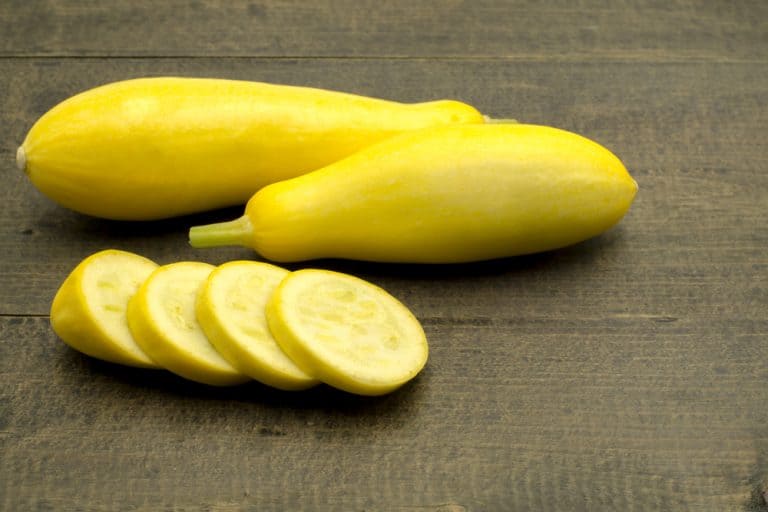
![23 Companion Plants For Sage & What To Avoid! [2023]](https://aboveandbeyondgardening.com/wp-content/uploads/2022/10/companion-plants-for-sage-15-768x512.jpg)
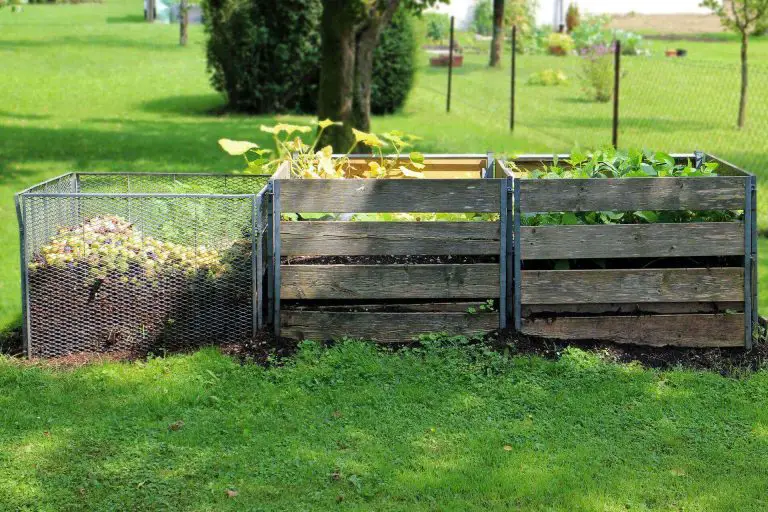
![How To Trim Basil Plant Without Killing It & What To Avoid! [2023]](https://aboveandbeyondgardening.com/wp-content/uploads/2022/10/how-to-trim-basil-plant-without-killing-it-768x513.jpg)
